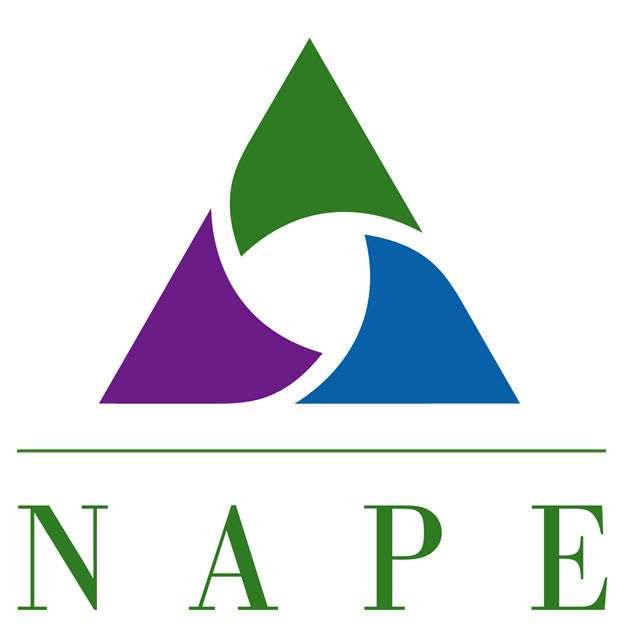Explore: Strategy 6: Use Real-World Interactive Hands-On Activities
Interactive hands-on activities are ones where students experience an activity that models or mimics certain careers. Giving girls a chance to try and ideally master a hands-on activity related to a nontraditional career can give her the self-efficacy to pursue that career. Self-efficacy measures a person’s perception of his or her ability to achieve a certain goal and is greatly increased by exposure to a task and mastery of that task. Once we try something and succeed, we gain confidence that we can do it again. Self-efficacy and one’s career pathway choice are positively correlated, so developing a girl’s sense of self-efficacy around STEM can impact her career choices. Providing hands-on activities can fuel self-efficacy related to STEM tasks and competencies that can get her energized about pursuing a career pathway toward advanced manufacturing.
Being hands-on is especially important because it allows students to engage in kinesthetic learning. Studies show that students learn best when learning is active, when they are engaged in hands-on activities, and when they are involved in what they are learning. When students use all of their senses, it helps the brain create pathways that make it easier and quicker to retain information and master concepts, which increase students’ self-efficacy.
When developing activities, try designing them with equitable instructional strategies, which include: intentionally selecting teams; rotating roles; making real world connections; using storytelling, and designing student-centered learning.
Intentionally Select Teams
Teams with only one student from a marginalized ethnic, racial, or gender group can be isolating and create a negative experience for the student. Beyond considering social, academic, and behavioral aspects when creating student teams, try to keep at least two students from a marginalized group together if possible.
Rotate Roles
Student roles within a team can be dictated by gender or racial stereotypes. Allowing students to choose their roles initially provides them with some level of comfort. However, requiring students to rotate roles is also important so that they learn new skills. Role rotation also keeps students from feeling limited by gender or racial norms.
The Power of Storytelling
While using a storytelling approach may take a little time, it is a powerful way to engage students, especially those from Native American, African, Latino and Asian cultures.
Real World Connections
Skills and content that are connected to real-world outcomes can motivate students to engage in learning. Authentic learning contexts, such as the ones presented here, are especially effective for marginalized groups such as women in STEM fields. Whenever possible, make learning matter by tying it directly to your community.
Student-Centered Learning and Student Agency
Whenever possible, have students self-select topics and do the work to uncover ideas and apply knowledge themselves, rather than receiving information from a teacher. This process of active learning increases academic achievement, motivation, higher-order thinking, and skill development, and is particularly powerful to engage marginalized students, such as females in STEM fields.

